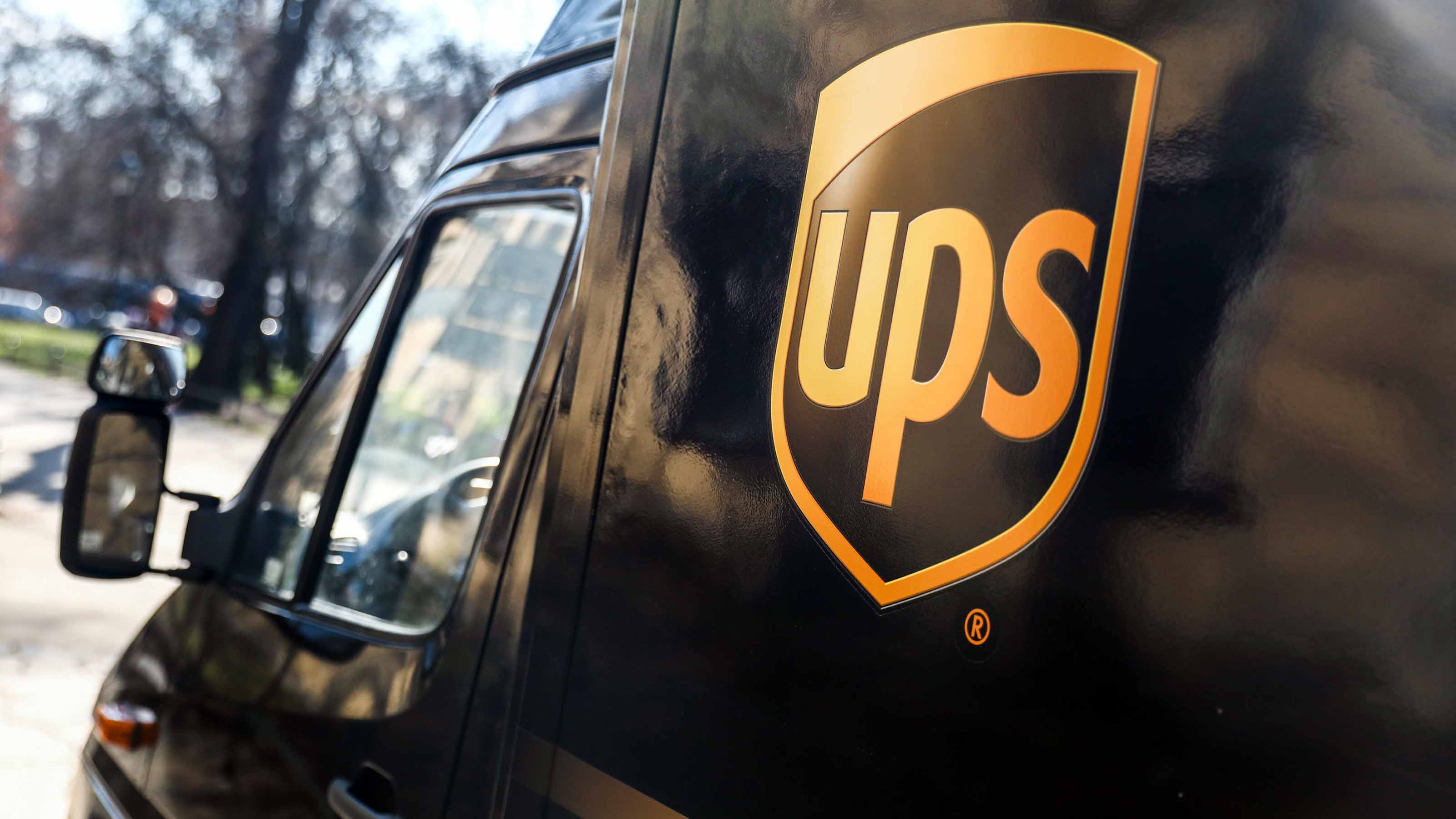With Possible Strike Looming, UPS and Teamsters to Resume Talks Next Week
Only a few issues remain, a UPS spokesperson says.


United Parcel Service (UPS) and the International Brotherhood of Teamsters that represents roughly 340,000 U.S. workers are set to resume talks next week over a new contract and supplemental agreements covering local regions.
Negotiations broke down on July 5 over issues including wages and benefits for part-time employees. The union says it is prepared to strike if conditions are not met, a move that would be the largest work-stoppage at a single employer in U.S. history and could affect deliveries for millions of consumers including those of Amazon, a major UPS customer.
A UPS spokesperson told Kiplinger in a statement Friday that the company is focused on reaching a tentative agreement before the current contract expires on Aug. 1 and that there are only a few issues remaining.

Sign up for Kiplinger’s Free E-Newsletters
Profit and prosper with the best of expert advice on investing, taxes, retirement, personal finance and more - straight to your e-mail.
Profit and prosper with the best of expert advice - straight to your e-mail.
“Through productive and respectful discussions at the bargaining table, we’ve reached agreement on nearly all of the union’s stated priorities, including agreements to add Martin Luther King Jr. Day as a paid day off, create more full-time roles and implement vehicle-safety solutions, like installing A/C in new package cars,” she said.
UPS contacted the union on July 19 seeking to resume talks, the Teamsters said in a same-day statement. The contract represents the largest private-sector union contract in North America.
The union says it is seeking a new five-year agreement that includes guarantees for better pay, increases the number of full-time jobs, addresses safety and health concerns about heat illness and provides stronger protections against managerial harassment.
Earlier this week, a bipartisan group of lawmakers from the House and Senate sent similar letters to the heads of both parties urging them to reach an agreement by Aug. 1. If, however, an agreement is not reached, they said they would “respect our constituents’ statutory and constitutional rights to withhold their labor and initiate and participate in a strike.”
In response, Teamsters General President Sean M. O’Brien praised their support in a July 19 statement. “By saying they will not intervene, these officials are doing right by the American workers and the labor movement,” he said.
Last year, President Joe Biden signed a bill to avert a national railroad strike that, if it proceeded, was expected to have crippled the US economy.
“Teamsters are reminding legislators how many UPS workers live and work in their jurisdictions, and we are demanding they do right by their constituents,” O’Brien said in the statement. He urged the rest of Congress to follow the lead of those who signed the letter.
Related Content
Get Kiplinger Today newsletter — free
Profit and prosper with the best of Kiplinger's advice on investing, taxes, retirement, personal finance and much more. Delivered daily. Enter your email in the box and click Sign Me Up.

Esther D’Amico is Kiplinger’s senior news editor. A long-time antitrust and congressional affairs journalist, Esther has covered a range of beats including infrastructure, climate change and the industrial chemicals sector. She previously served as chief correspondent for a financial news service where she chronicled debates in and out of Congress, the Department of Justice, the Federal Trade Commission and the Commerce Department with a particular focus on large mergers and acquisitions. She holds a bachelor’s degree in journalism and in English.
-
 6 Stunning Waterfront Homes for Sale Around the US
6 Stunning Waterfront Homes for Sale Around the USFrom private peninsulas to lakes, bayous and beyond, Kiplinger's "Listed" series brings you another selection of dream homes for sale on the waterfront.
By Charlotte Gorbold Published
-
 Six Reasons to Disinherit Someone and How to Do It
Six Reasons to Disinherit Someone and How to Do ItWhether you're navigating a second marriage, dealing with an estranged relative or leaving your assets to charity, there are reasons to disinherit someone. Here's how.
By Donna LeValley Published